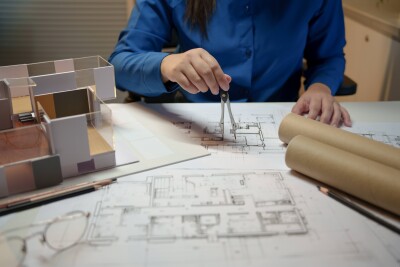As we prepare for the next round of conferences this fall and next spring, there is one thing you can count on and that is new releases of hardware and software. While there have been a few years that saw only small advances or updates in hardware, there is no doubt that the technical abilities of hardware still outshine software in the world of 3D imaging.
To be fair, hardware had to be invented first so software has always been in a “catch up” mode. However, all of the tremendous advancements in personal computing over the last decade have not been enough to close the gap.
Two or three years ago, I thought that software was about to catch hardware. Standard CAD applications were promoting native point cloud engines, automated modeling looked better than ever through middleware apps like ClearEdge3D’s EdgeWise, and many of us were rocking workstations that would have been considered supercomputers 15-20 years before. Add to that the fact that hardware seemed to be stalling and dividing into specialty machines for particular applications or environments.
Suddenly, mobile scanning dropped from a seven-figure purchase to a low-six-figure purchase and now the gap seems wider than ever.
To add to this problem, most mobile systems deliver data that does not include point normal information in a way that is usable for data processing. This is a problem because many data processing features (shading, fit to cloud commands, etc.) rely on point normal information. To their credit, every software designer knows this and is working to solve the problem. I don’t doubt that they will, but hardware designers are not going to wait until they do to improve their products. I’m hopeful that with so many more people and companies developing software, versus the handful that are making hardware, it will result in a closing of the gap.
From a sales point of view, I feel as though the story of this industry has been, “Look at this cool equipment. Well, the fieldwork is the easy part.” From the service provider point of view, I find myself trying to help clients like the one I worked with a few weeks back. We scanned a big-box store’s interior with a Viametris iMMS. It took 64 minutes and produced a 43Gb LAS file. I don’t think that he saw the improvement in data capture versus older methods or even static scanning. Those advancements were made before he was looking our way. But the difference in collection time and the time it took to make a CAD or Revit model … well, it’s bigger than ever.





